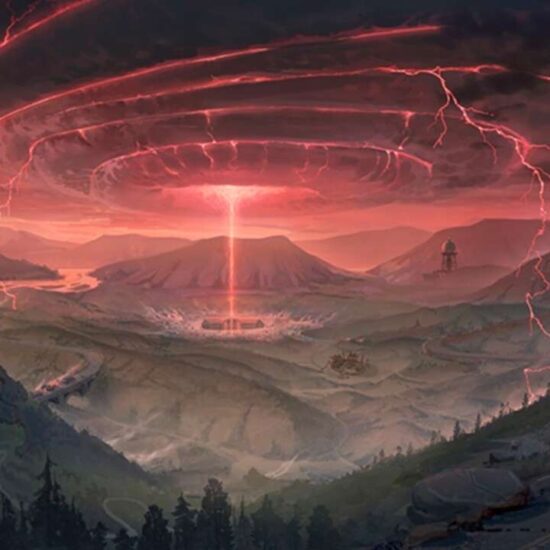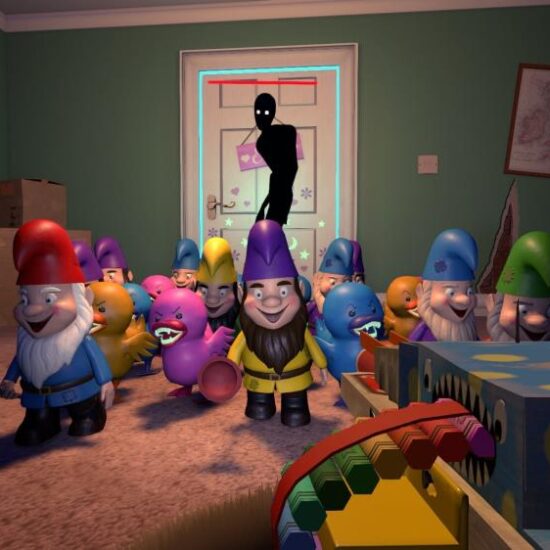Grand Theft Auto IV is celebrating its 15-year anniversary today, April 29, 2023. Below, we look back at the series’ flawed but compelling attempt to break free from its glamorous kingpin empowerment fantasies.
At the time of its release, Grand Theft Auto IV’s faithful recreation of New York City was unlike anything that gaming had ever seen. Its grim aesthetics and grounded presentation signaled a new era for video game verisimilitude, where developers could make players feel as though they were really living in a virtual world.
Today, however, GTA IV is perhaps best-known for a more distinct sort of ambition: a sense that Rockstar was making a different take on the open-world crime game, one that questioned the very foundations of the genre. Though it didn’t fully succeed at that aim, it’s now a reminder that even blockbusters can challenge their players in a variety of ways, a lesson that today’s game developers would do well to remember.
It’s no exaggeration to say that GTA IV’s technological leaps overshadowed much of the game’s radical identity. The introduction of more impressive combat mechanics (particularly cover-based shooting) and a more realistic handling model for vehicles made for a night-and-day mechanical difference between it and its predecessors. The cartoonish violence of GTA III and Vice City were replaced with gritty gun battles and believable criminal hijinx. Even the game’s most outlandish setpiece, a lengthy bank robbery sequence strongly inspired by Michael Mann’s Heat, could barely compete with the flashy jets and helicopter chases of GTA: San Andreas.
Even in the months after its acclaimed release, fans knocked GTA IV for lacking many of San Andreas’s most memorable elements, such as RPG systems, a more diverse map, and optional activities like turf wars. These omissions have only become more glaring over time, especially thanks to the seemingly eternal reign of its successor, GTA V, which added many of those elements back into the formula. It’s probably true that some of those series-defining characteristics were likely held back from GTA IV due to technical limitations, but you also get a sense that equipping Niko with a jetpack didn’t quite fit the tone that Rockstar was going for with GTA IV.
From Goodfellas to De Palma’s Scarface, the crime genre has a rich history of critiquing itself. As influential as the original trilogy of PS2 GTA games are, they are essentially full-throated restatements of existing crime movie tropes, except shorn of all the tragedy. The heroes of these games rise from unfortunate circumstances–prison, obscurity, and certain death–to become kingpins and made men, captains of criminal industry. They get away with it, too: Vice City’s Tommy Vercetti blows away all the bad guys in his path, survives a major betrayal, and lives to rule the city. San Andreas ends on much the same note. GTA IV could hardly be more different.
The franchise’s fourth numbered entry is an immigrant story modeled on more dour films, especially Cronenberg’s Eastern Promises. Protagonist Niko Bellic arrives to America in proverbial rags, but the riches don’t come easily or quickly. Instead of rising up the criminal ladder, Niko spends most of his time bailing out his dim-witted cousin, Roman, who constantly puts himself in difficult positions due to his gambling habits. Throughout the game’s opening hours, Niko discovers that nearly everything that Roman told him about his life in America is a lie, and that achieving the American Dream will be a lot harder than he thought it would be.
A major turning point in the game comes when Niko kills Roman’s loan shark, Vlad, who is connected to the Russian mob. Vlad’s friends kidnap Niko and Roman and burn down the latter’s taxi company, leaving them bereft. However, after surviving these early travails, Niko manages to find enough work in the criminal underground to keep the duo afloat. And though he in turn earns quite a bit of money from his work with the Irish mob and the Mafia–though he never rises as far as Versetti or CJ–flashy rewards like mansions and fast cars continue to elude Niko. Like GTA III before it, there are very few things to actually spend Niko’s hard-earned cash on. GTA IV’s idea of a big purchase is a drab navy suit.
The key plot events of GTA IV ultimately rely on choices that the player makes throughout the story, especially near the end of the game. Its emotional climax comes when Niko finally tracks down Darko Brevic, the man who betrayed his military unit back in Eastern Europe. The player then chooses whether to execute or spare Darko. If you do kill him, Niko says that he feels “empty;” if you spare him, Niko admits that he realized that killing him would change nothing. Regardless of your choice, it’s bitter stuff.
That same morose tone applies to the game’s conclusion. No matter which path you choose, a person close to Niko dies in an errant assassination attempt–either cousin Roman or his girlfriend, Kate. GTA IV ends with Niko getting revenge on the perpetrator and living a life of relative comfort. All the same, the final line of the “Revenger’s Tragedy” branch sums it up well: “So this is what the dream feels like. This is the victory we longed for.”
Grand Theft Auto: The Trilogy Best Bugs and Glitches
Please use a html5 video capable browser to watch videos.
This video has an invalid file format.
Sorry, but you can’t access this content!
Please enter your date of birth to view this video
By clicking ‘enter’, you agree to GameSpot’s
Terms of Use and Privacy Policy
As a whole, GTA IV’s radical approach is one that proved divisive with series fans, with some praising its more ambitious storytelling and others longing for the more cartoonish fun of the previous entries. Personally, I fall somewhere in the middle. The game’s writing and character work aren’t quite strong enough to carry it to the level it aspires to reach, especially set against the backdrop of its the goofy, joke-filled Liberty City. An illustrative example: It’s difficult to take the moral dilemma of killing or sparing Darko seriously when your Niko has already killed hundreds of cops and civilians.
GTA IVis one of the more intriguing video game blockbusters ever made. It’s an enduring example of a massive, world-conquering game challenging its audience to accept a radically different version of the thing that they expected. GTA left the goofy Saints Row track in the dust and leapt over to the Mafia side of the crime-drama genre, and it’s arguably never been quite the same. Today’s crop of video game blockbusters could learn a bit from this 15-year-old classic. Sometimes it’s better not to play it safe. I applaud Rockstar for stretching its creative wings and trying something bold and new, even if the experiment didn’t entirely pay off.
The products discussed here were independently chosen by our editors.
GameSpot may get a share of the revenue if you buy anything featured on our site.













